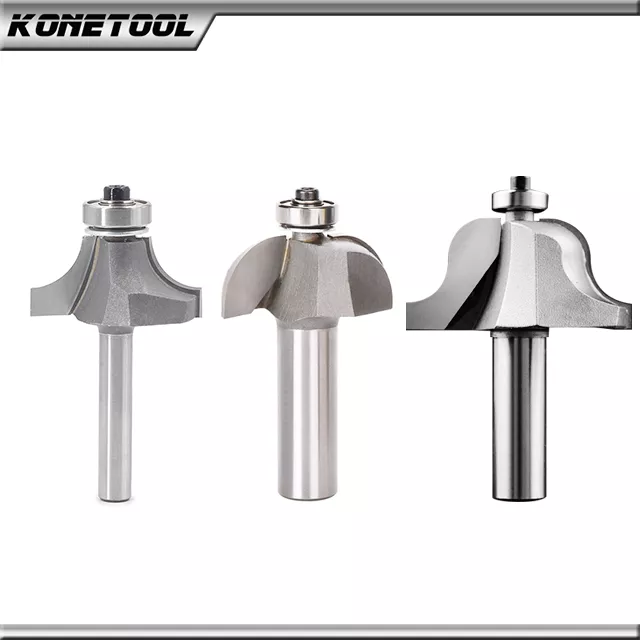
Router bits are cutting tools used in woodworking and carpentry to create grooves, slots, channels, and other shapes in a range of materials, including wood, plastic, and metal. Choosing the right router bit for your woodworking project is essential to achieving clean, precise cuts and ensuring the longevity of the bit. Here are some tips for choosing the right router bit for your woodworking project.
Consider the Material Being Cut
Different materials require different types of router bits. When choosing a router bit, consider the material being cut and choose a bit that is appropriate for that material. For example, a straight router bit is ideal for cutting grooves in wood, while a spiral router bit is better for cutting grooves in plastic or metal.
Choose the Right Cutting Edge
Router bits are available with various cutting edges, including a single flute, multiple flutes, spiral or helical cutting edges, and more. Consider the type of cut needed for your project and choose the appropriate cutting edge for the job. For example, a straight flute bit is ideal for cutting straight grooves, while a spiral bit is better for cutting curves and contours.
Choose the Right Diameter and Length
The diameter and length of the router bit will determine the width and depth of the cut. Choose a bit that is appropriate for the width and depth of the groove or slot you need to cut. Be sure to also consider the length of the bit, as this will determine how deep a cut you can make.
Choose the Right Shank Size
The shank is the part of the bit that fits into the router. Make sure the shank is the correct size for your router. Most routers use either a 1/4-inch or 1/2-inch shank size.
Use the Right Speed
Different router bits require different speeds to achieve clean, precise cuts. Be sure to consult the manufacturer’s instructions for the appropriate speed for the bit you are using. Using the wrong speed can result in a poor-quality cut or damage to the bit or material being cut.
Use a Router Bit Lubricant
Using a bit lubricant can help protect your router bit from wear and tear and prolong its lifespan. Apply a small amount of bit lubricant to the bit before use to reduce friction and prevent heat buildup. Consult the manufacturer’s instructions for the appropriate type of lubricant to use.
Choose the Right Profile
Router bits are available in a range of profiles, including roundover, cove, chamfer, and more. Consider the desired profile for your woodworking project and choose a bit that is appropriate for that profile. For example, a roundover bit is ideal for creating a rounded edge on a board or panel, while a cove bit is better for creating a concave profile.
Conclusion
Choosing the right router bit for your woodworking project is essential to achieving clean, precise cuts and ensuring the longevity of the bit. Consider the material being cut, the cutting edge, diameter and length, shank size, speed, lubrication, and profile when choosing a router bit. With the right bit and technique, you can achieve professional-quality results in your woodworking projects.